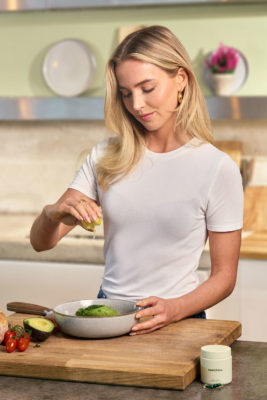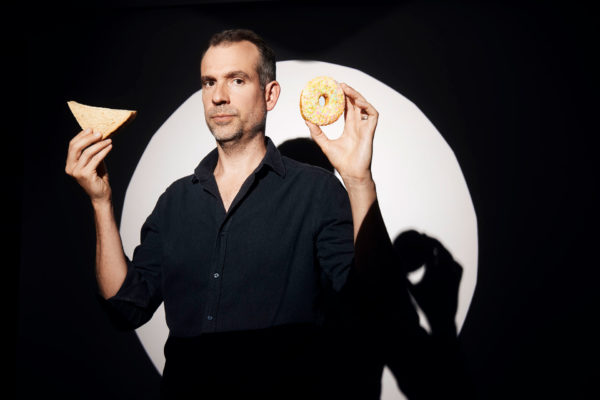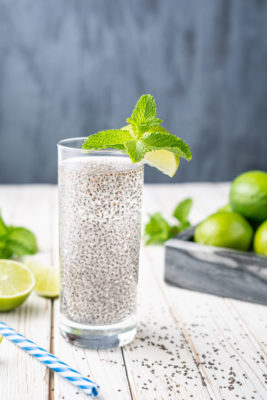
Not All UPFs Are Bad For Us, Says Top Nutritionist
By
1 hour ago
Dr Federica Amati, head nutritionist at Zoe, separates the wheat from the chaff when it comes to ultra-processed foods
Ultra-processed foods are back in the spotlight following a recent study suggesting people who eat lots of them may be at greater risk of dying early. But is it necessary – or even possible – to cut them out all together? Zoe nutritionist Dr Federica Amati argues that the messaging on UPFs has been oversimplified, making it impossible to navigate what to eat every day.
Ultra-Processed Foods: A Nutritionist’s Take
The term ultra-processed food (UPF) first entered our vocabulary in the 1980s, but only recently has it become a household name. Once a niche topic of interest only to scientists and epidemiologists, today even the White House has UPFs front and centre.
Scientists use the NOVA classification system to categorise foods by their levels of processing from 1 to 4. Category 1 includes the least processed foods, such as whole plants, grains and dried herbs. Category 4 are UPFs, which are heavily, industrially processed and contain ingredients you wouldn’t find in your kitchen at home.
How Do UPFs Affect The Body?
NOVA was designed as a research tool and has been very useful. But it was never intended to provide information about a food’s health impact for individuals. Many studies show that consuming high levels of UPFs is linked to poorer health outcomes, but the latest research has uncovered important nuances.
A recent study conducted by Harvard and published in The Lancet shows that people who consume the most UPFs have an increased risk of cardiovascular disease. But when the researchers broke UPFs into categories, a different story emerged. Some, like sugar-sweetened drinks and processed meats, were linked to increased cardiovascular disease risk, but other UPFs, like breads and cereals, were linked to a reduced risk.
Similar research on type two diabetes showed a familiar split. Once the UPFs were analysed, refined breads and artificially and sugar sweetened beverages were associated with increased risk, whereas whole-grain breads and cereals were linked to reduced risk.
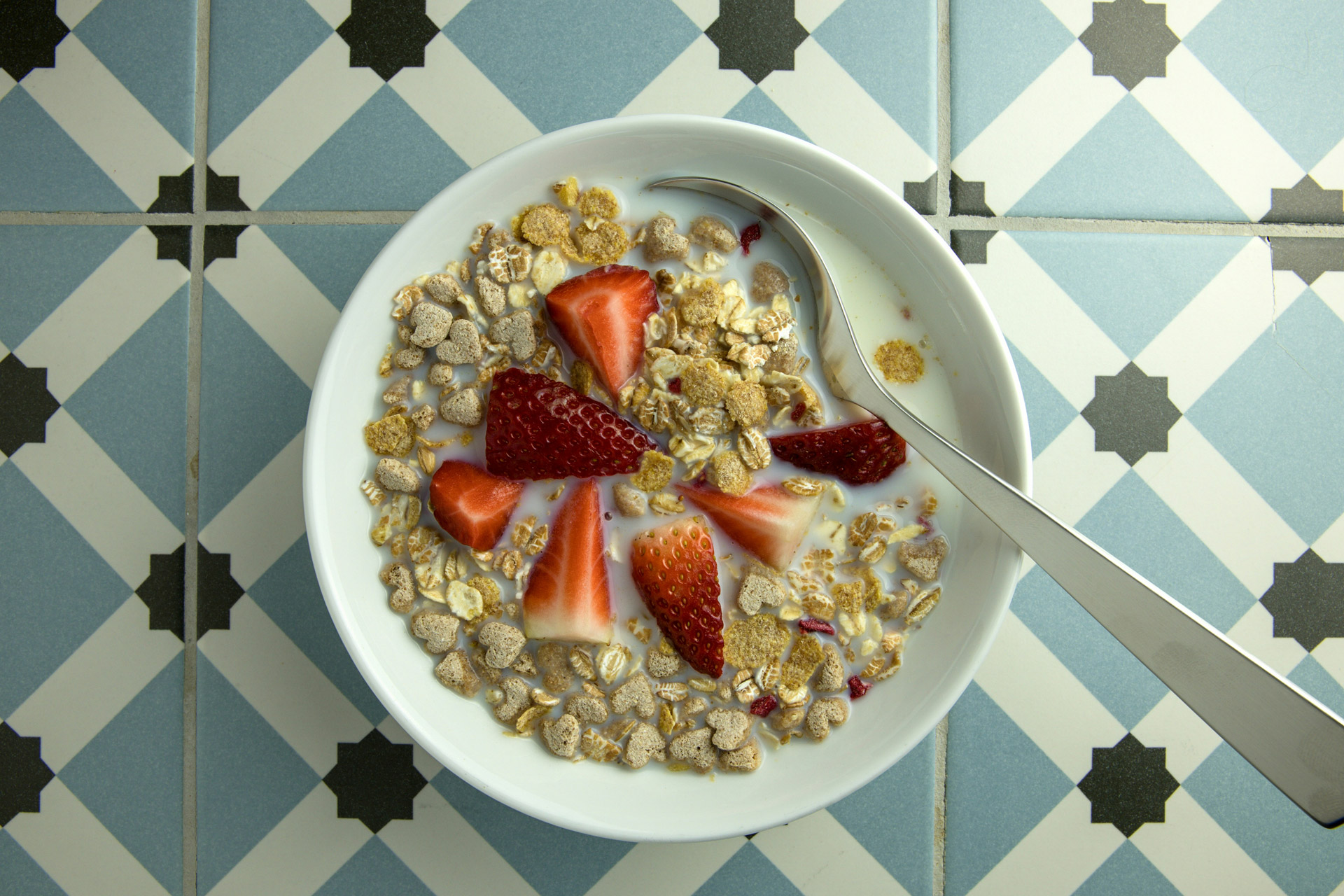
Unsplash
This last study underlines the complexity of the relationship between food and health. Anyone who’s ever visited the bread aisle in a supermarket knows how many options are available. How can you tell what’s healthy or unhealthy? We don’t have time to read scientific papers when we’re picking up groceries before the school run. And in the UK and the US, around 60 percent of our calories are consumed as UPFs – cutting them all out would be near impossible and, as we’ve seen, unnecessary.
To make matters more bewildering, the slogans food manufacturers add to make products more appealing – like ‘high in protein’ or ‘low fat’ – create a ‘health halo’, which tricks us into thinking they are healthy. In reality, low-fat and high-protein products might be high in sugar and contain a raft of harmful additives like certain emulsifiers, and reduced salt products may be high in sugar and fat.
What Is The ZOE Processed Food Risk Scale?
Clearly, something is wrong in the way that nutrition information is communicated to us. To help make informed decisions quickly and easily, Zoe has developed a new tool called the ZOE Processed Food Risk Scale. Unlike the NOVA classification system, this scale takes into account the additives in a product, not just how many there are but what they are. Where NOVA’s classification lumps all additives together – for instance, ultra-processed but fibre-rich cereals without added sugar or salt are penalised for including vitamins and minerals – ZOE rates these additives favourably, providing a more accurate description of the food’s health impact.
The ZOE Processed Food Risk Scale measures two other important metrics. It assesses hyper-palatability – foods designed to be exceptionally tasty and difficult to stop eating. A food might be relatively unprocessed but include large amounts of honey, butter and Himalayan rock salt; legally the manufacturer can print ‘all natural ingredients’ and ‘no added sugar’ on the label. Our new tool flags this as something you should enjoy once in a while.
It also measures energy-intake rate, or how quickly a food can be eaten. We know that eating more quickly is linked to poorer health outcomes. A smoothie made from three apples can be consumed in seconds, but eating three whole apples would take much longer. This is just one of the reasons why smoothies and juices are not linked to the same health benefits as whole fruit.
It is time to empower people to make healthier choices, not just based on what’s least processed. It’s good to have minimally processed foods where you can, but it’s not always possible and the fear around UPFs is adding to the cognitive load of trying to stay healthy in a modern world.
Seed Oils: Good Or Bad?
For decades, people have consumed seed oils without giving them a second thought. Now, for some unknown reason, they are viewed with suspicion. In reality, there is a solid body of scientific evidence showing that consuming seed oils in normal amounts is linked to improved health and a lower risk of heart disease compared with saturated fats like butter or beef dripping.
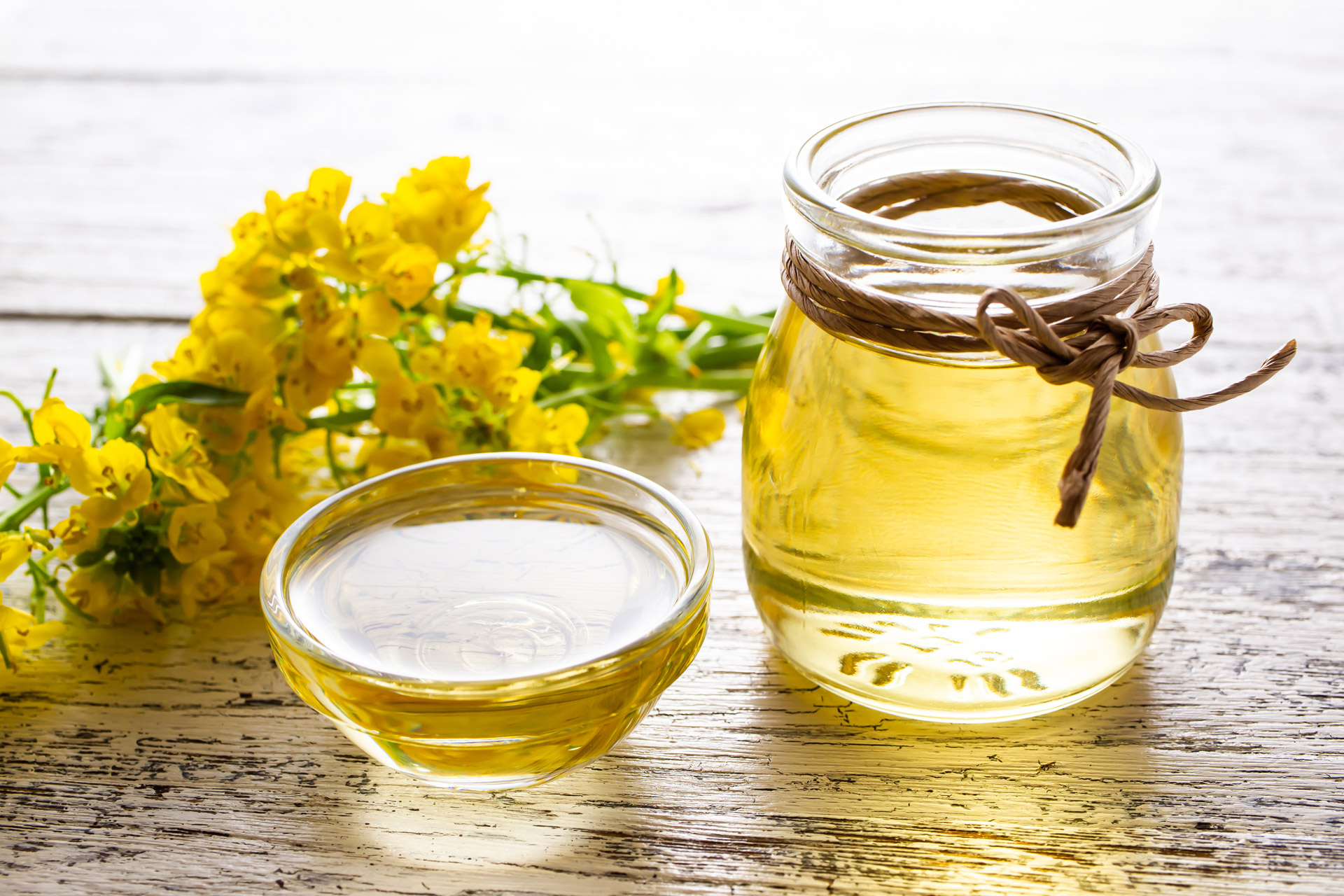
Getty Images
Ingredients to look out for (and avoid)
Emulsifiers:
- Carrageenan
- Mono- and diglycerides of fatty acids
- Polysorbates
- Sucroglycerides
Antioxidants:
- Tertiary-butyl hydroquinone (TBHQ)
- Butylated hydroxyanisole (BHA)
- Propyl gallate
Preservatives:
- Calcium benzoate
- Potassium benzoate
- Potassium nitrite
Colourants:
- Ammonia caramel
- Sulphite ammonia caramel
- Brilliant Black BN (Black PN)
Sweeteners:
- Acesulfame K (acesulfame potassium)
- Aspartame
- Sucralose
Find out more at zoe.com




